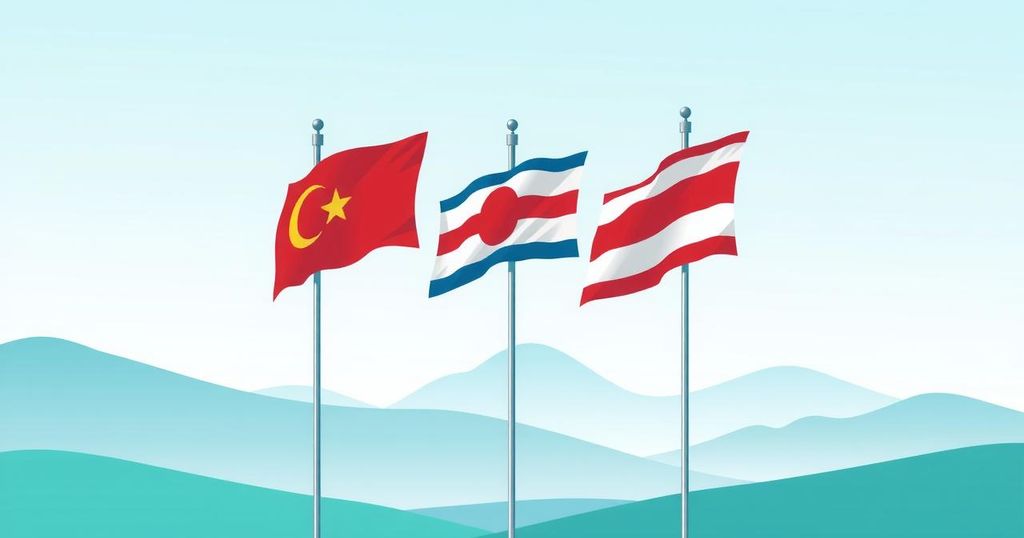On January 9, 2025, Armenia approved a draft law to pursue EU membership, signifying a potential geopolitical shift. This follows the 2017 CEPA agreement and recognition by the European Parliament that Armenia meets EU criteria. Prime Minister Pashinyan plans for a gradual accession process, subject to a national referendum, amid ongoing regional tensions with Azerbaijan.
On January 9, 2025, the Armenian government approved a draft law that initiates the nation’s formal process to pursue European Union (EU) membership. This decision reflects Armenia’s desire to strengthen its ties with Europe and indicates a potential geopolitical realignment. This marks a significant step in Armenia’s strategic aspirations to deepen its connections with European governance and economic structures.
Armenia and the EU entered into a Comprehensive and Enhanced Partnership Agreement (CEPA) in 2017, which became effective in March 2021. This agreement established a foundation for enhanced political and economic collaboration between the parties. Following this framework, Armenia has been consistently enhancing its relationship with the European Union, underscoring its commitment to integration.
In March 2024, the European Parliament recognized that Armenia fulfills the criteria of Article 49 of the Maastricht Treaty, thus making it eligible to apply for EU membership. Subsequently, Armenian Prime Minister Nikol Pashinyan announced that the country intends to submit its EU candidacy application by autumn 2024. This announcement closely followed a citizen-led initiative that successfully gathered support for the government’s draft law.
Prime Minister Pashinyan emphasized that the accession process would be conducted gradually and would necessitate a national referendum for public endorsement. He remarked, “In the event of the adoption of this law, it is necessary to have a certain idea of actions up to the point of holding or not holding a potential referendum.” This statement highlights the government’s dedication to ensuring that EU membership reflects the desires of the Armenian populace.
The ambition for EU membership signifies a notable shift in Armenia’s foreign alliances, particularly distancing itself from its traditional relationship with Russia. Historically, Armenia has depended on Russia for security and has been a member of the Russia-led Eurasian Economic Union (EAEU). The Kremlin has voiced concerns regarding Armenia’s EU aspirations, insisting that simultaneous membership in both the EU and the EAEU is not feasible.
This development is also set against the backdrop of ongoing conflicts with Azerbaijan, particularly over the Nagorno-Karabakh region and the displacement of ethnic Armenians. The heightened sense of vulnerability stemming from these tensions may be a pivotal factor driving Armenia’s decision to pursue closer relations with the European Union.
Armenia’s recent move to formalize its bid for EU membership symbolizes its aspirations for deeper European integration and represents a shift from its longstanding allegiance to Russia. The gradual approach to this process, coupled with the need for a national referendum, reflects the government’s commitment to aligning membership with public sentiment. Given the ongoing regional tensions, this strategy may significantly impact Armenia’s future geopolitical landscape.
Original Source: globalsouthworld.com




